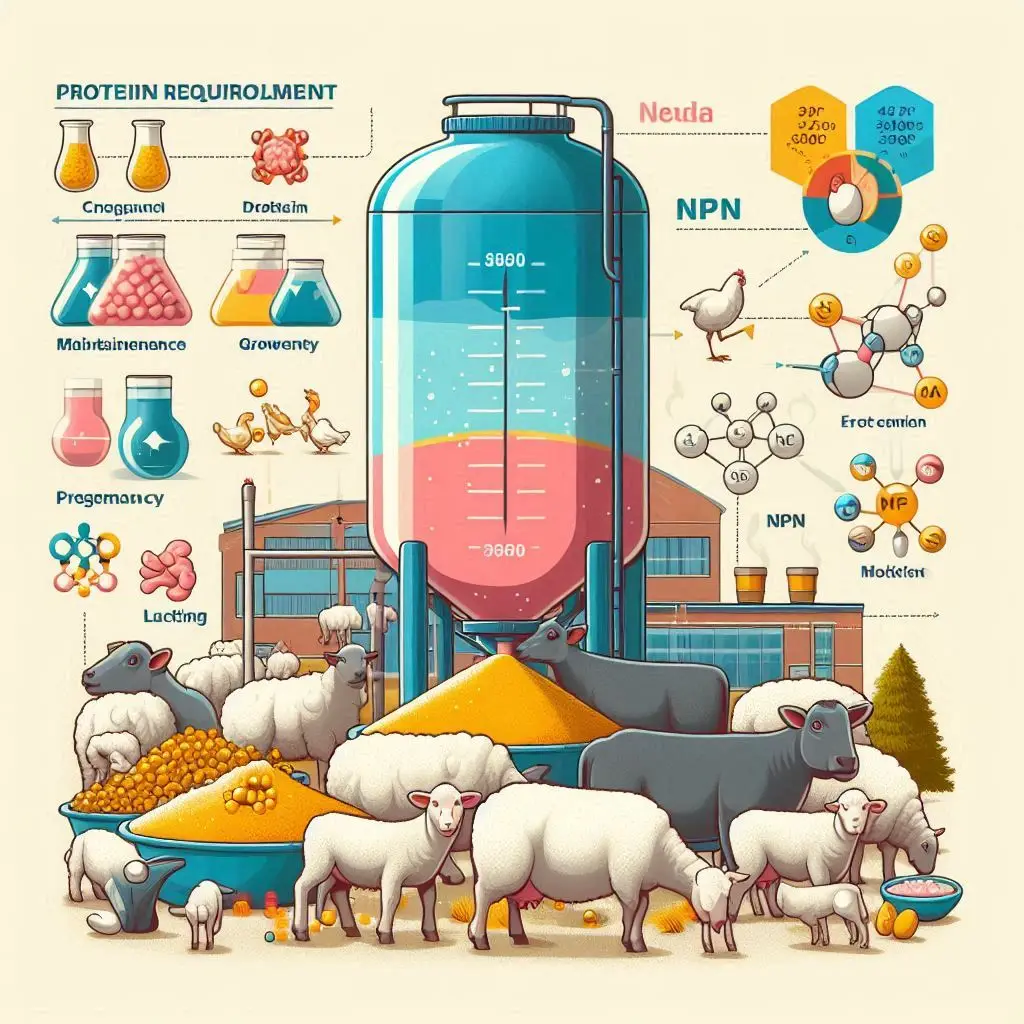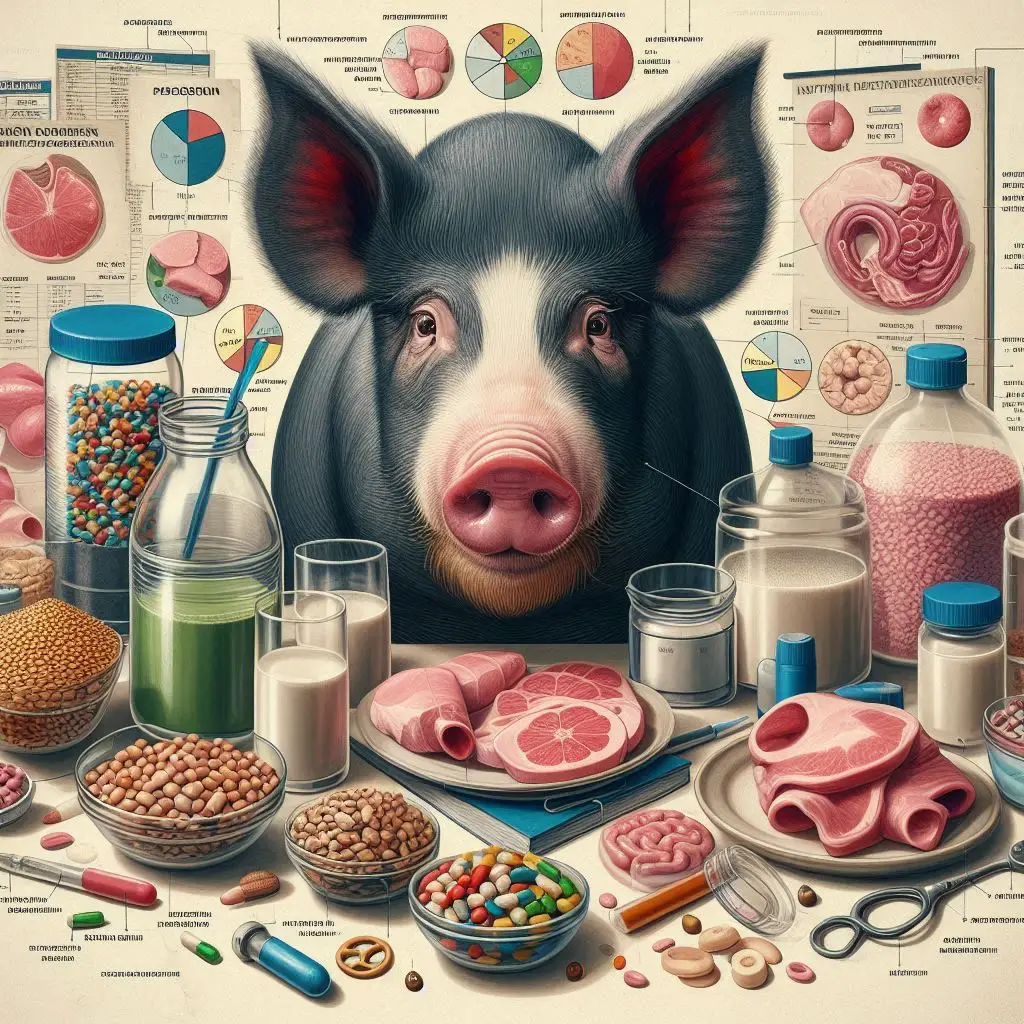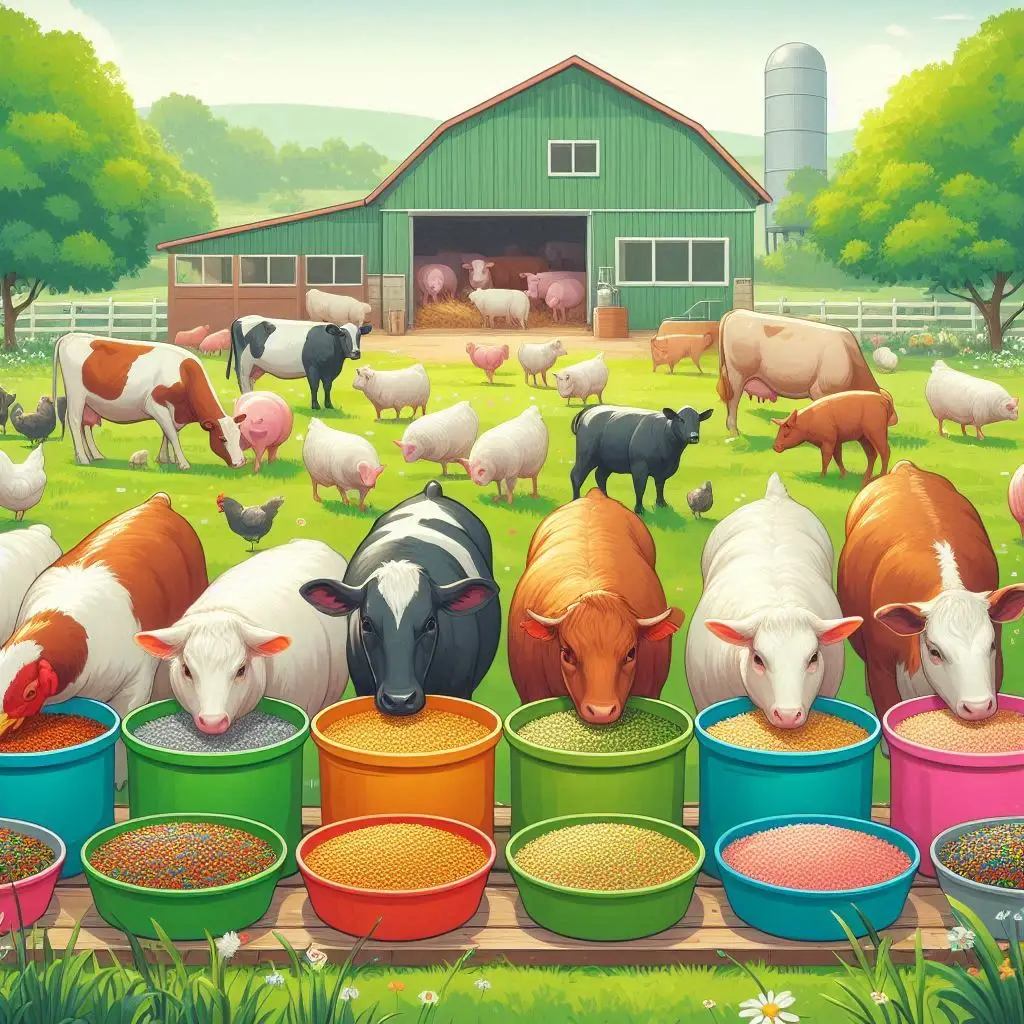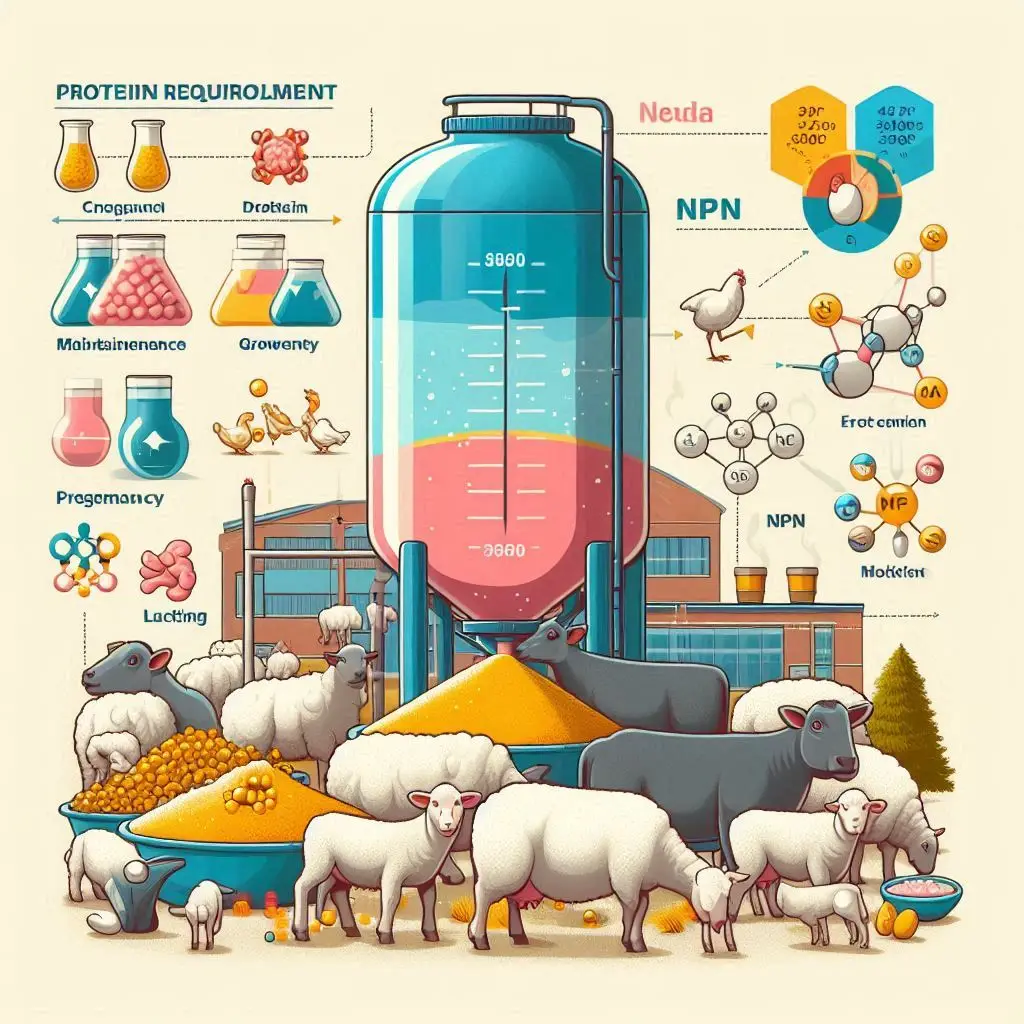Goat Feeding for Meat Production

Understanding Goat Nutrition
Goats have unique nutritional requirements that differ from other livestock. Their digestive systems are designed to process a variety of feeds, including high-fiber forage and concentrated grains. Here are the key nutrients essential for meat goats:
1. Water
Water is the most critical nutrient. Goats need access to clean, fresh water at all times. Insufficient water intake can severely impact performance and health.
2. Energy
Energy is crucial for growth and production. Goats derive energy from carbohydrates and fats in their diet. High-energy feeds include grains like corn, oats, and barley.
3. Protein
Protein supports growth, reproduction, and overall health. Meat goats require protein levels between 12% to 16% in their diet. Sources of protein include soybean meal, cottonseed meal, and alfalfa.
4. Minerals and Vitamins
Minerals like calcium and phosphorus are vital for bone development and metabolic functions. Vitamins A, D, and E are also necessary for overall health.
Nutritional Requirements by Life Stage
Goat nutritional needs vary by life stage:
- Kids: Require high protein (16-18%) for growth.
- Pregnant Does: Need increased energy and protein during late gestation.
- Lactating Does: Require the highest energy levels (up to 21% more) during lactation.
- Bucks: Need adequate nutrition year-round but especially during breeding season.
Feeding Strategies
Effective feeding strategies can enhance growth rates and overall health in meat goats.
Forage Management
Quality forage should make up a significant portion of the goat’s diet:
- Types of Forages: Goats prefer legumes like alfalfa and clover over grasses.
- Grazing Practices: Implement rotational grazing to maintain pasture health.
Concentrate Feeds
When quality forage is insufficient, supplement with concentrates:
- Grain Mixes: Consider a mix of corn, oats, barley, and protein meals.
Example Grain Mix:
– 50 lbs corn
– 20 lbs oats
– 25 lbs wheat bran
– 15 lbs cottonseed meal
This mix provides approximately 14% crude protein.
Flushing
Flushing involves increasing the nutritional intake before breeding to improve ovulation rates. This can be achieved by providing lush pasture or grain supplements two weeks before breeding.
Monitoring Growth Rates
Achieving optimal growth rates is essential for profitability:
- Daily Gains: Aim for gains of 0.25 to 0.3 pounds per day.
- Body Condition Score (BCS): Monitor BCS regularly; keep it between 2.5 to 3.5 out of 5 to avoid overfeeding or underfeeding.
Cost Management in Feeding
Feeding costs represent a significant portion of total expenses in goat production. To manage these costs effectively:
- Optimize Feed Efficiency: Ensure that goats convert feed into weight gain effectively.
- Use Quality Feeds: Invest in high-quality feeds that provide balanced nutrition without excessive costs.
Health Considerations
Proper nutrition directly impacts goat health:
- Vaccination Programs: Implement vaccination against common diseases like overeating disease (enterotoxemia).
- Monitor Feed Changes: Sudden changes in diet can lead to digestive issues; introduce new feeds gradually.
Conclusion
Feeding goats for meat production requires a strategic approach that balances quality forage with appropriate supplements. By understanding the nutritional needs at various life stages and implementing effective feeding practices, producers can enhance growth rates and profitability in their goat operations.
For more pearls of Vets Wisdom:
https://wiseias.com/partitioning-of-food-energy-within-animals/






Responses